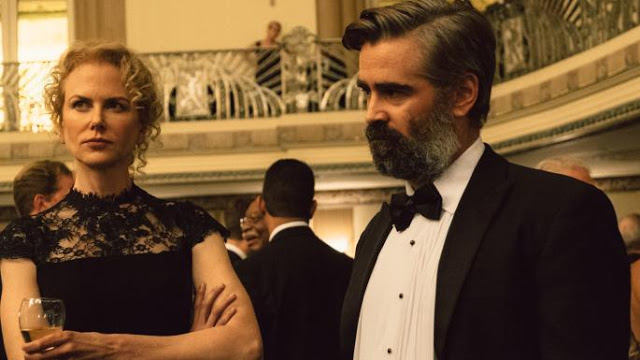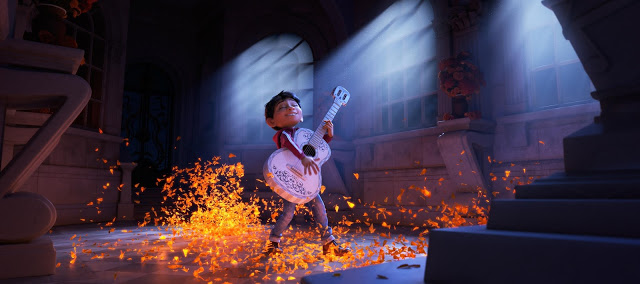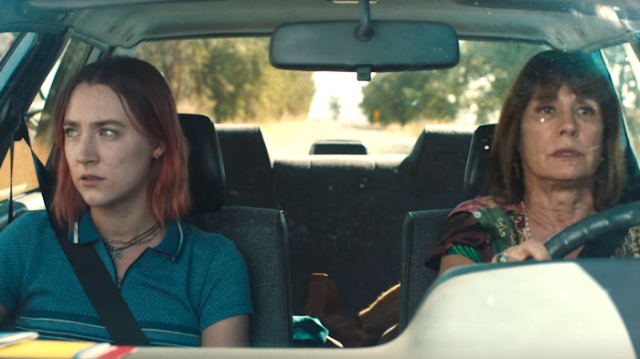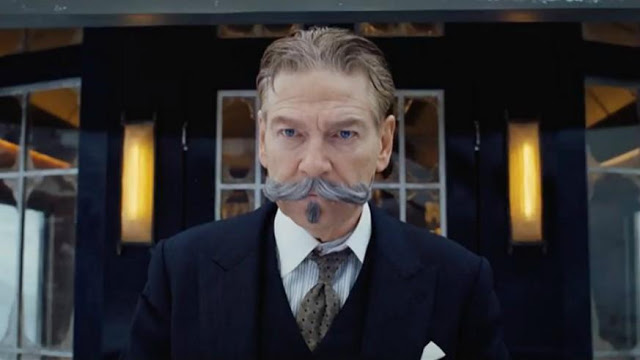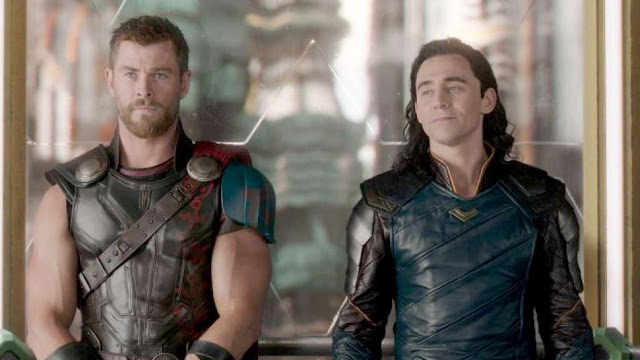The Killing of a Sacred Deer: Revenge, Best Served at a Simmer, Then a Boil
Weirdness is Yorgos Lanthimos’ calling card. His breakout film, Dogtooth, was about three homeschooled adult children who were so shielded from the outside world, they didn’t understand the concept of names and they perceived housecats as deadly animals; that’s weird. His follow-up, Alps, tracked a troupe of performers who interrogated the critically injured as they died, then impersonated them for their families; that’s also weird. And his best movie, last year’s The Lobster, took place in a dystopian society where singles who failed to find romantic mates were transformed into animals; that’s very weird. So it’s something of a shock that The Killing of a Sacred Deer, Lanthimos’ punishing and baffling and routinely astonishing new film, arrives bearing no hallmarks of obvious strangeness. It’s set in a Cincinnati suburb. It focuses on a happy and healthy nuclear family. Its characters attend casual barbecues and black-tie functions. Nobody kills a cat, and nobody gets turned into a dog. Has Lanthimos, our foremost purveyor of allegorical absurdity, lost his edge?
Hardly. Not that this movie, which is one of the more harrowing features I’ve seen in several years, is a sneaky bait-and-switch. Despite its ostensible banality—its tree-lined streets and sterile hospitals, its family dinners and choir practices—The Killing of a Sacred Deer isn’t trying to lull you into complacency. Lanthimos may be unsparing toward his characters, but he plays fair with his audience. He announces his severity with his strikingly grotesque opening shot: a close-up of a man’s open chest cavity, his heart thump-thumping like a ghastly metronome. The camera gradually pulls back, revealing the hands of a doctor snipping flesh, and as the horns of a Schubert oratorio blare on the soundtrack, Lanthimos makes plain that he’s out for blood. Read More

